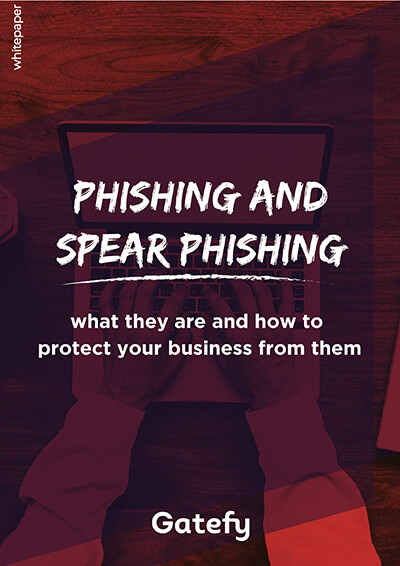Understanding Zero-Day Exploit and Zero-Day Vulnerability

It’s quite common to see the terms Zero-Day Exploit, Zero-Day Attack, and Zero-Day Vulnerability on news websites and cybersecurity solutions vendors.
Table of Contents

But what do they mean? We'll explain.
Zero-Day Vulnerability is a vulnerability that has been found in a system, a hardware or a software and can be a door to threats, such as a malware attack.
In other words, we could say that a Zero-Day Vulnerability is a bug, a flaw that needs to be fixed as soon as possible because of its serious risks to users.
One curiosity is that some people make money by finding these vulnerabilities. They are called Bug Hunters. Big companies, such as Google, Microsoft, Tesla and Facebook, even pay thousands of dollars to reward people who report flaws in their products and platforms.
Zero-Day Exploit
Now, when a vulnerability is exploited for scams and frauds that aim to extort victims and even hijack sensitive data, we call it Zero-Day Exploit or Zero-Day Attack.
The term Zero-Day Attack, depending on the context, can also be used to define malicious threats not yet identified by security software, such as the launch of a new type of ransomware.
To prevent those attacks, it is crucial that you invest in email protection, since email is the main vector for spreading threats.
In general, most cyber attacks exploit old vulnerabilities. That’s why Zero-Day Exploit is often involved in targeted attacks.
Example: WannaCry
Ransomware WannaCry, which caused millions of dollars in damages last year, exploited a vulnerability in the Windows Server Message Block (SMB) protocol. Until the problem was corrected and a security update was released, the WannaCry attack was another example of a Zero-Day Exploit.
Basic protection tips
- Keep your system up to date.
- Make backups of your files.
- Have anti-virus protection.
- Businesses should consider investing in email protection, such as a Secure Email Gateway solution that offers anti-spam, anti-virus, Sandbox, CDR and other tools to prevent phishing, spear phishing and malware.




